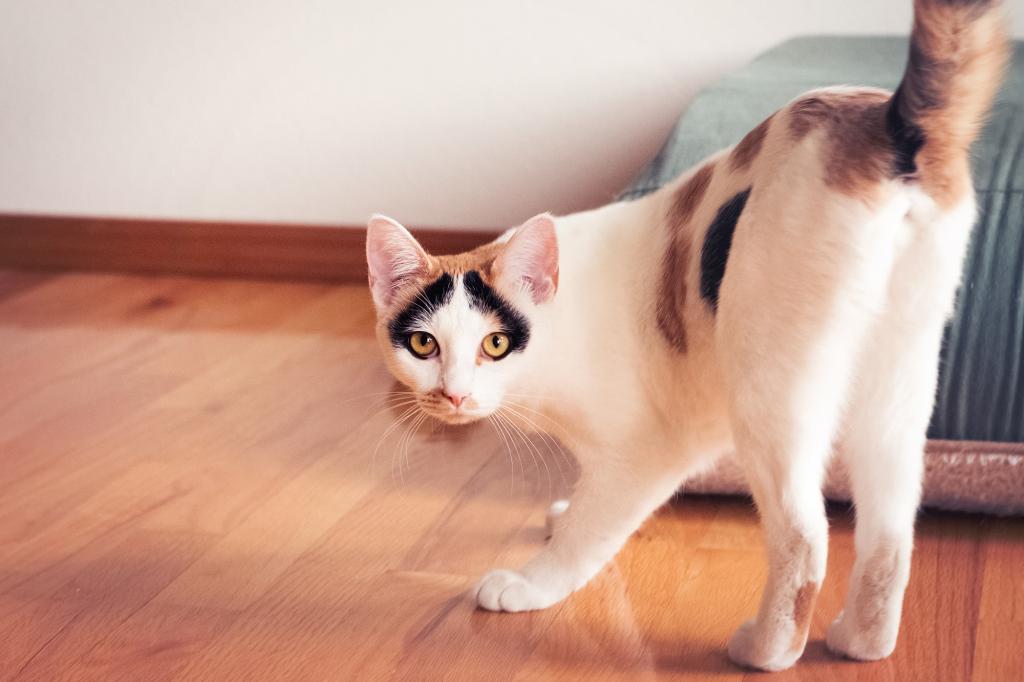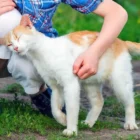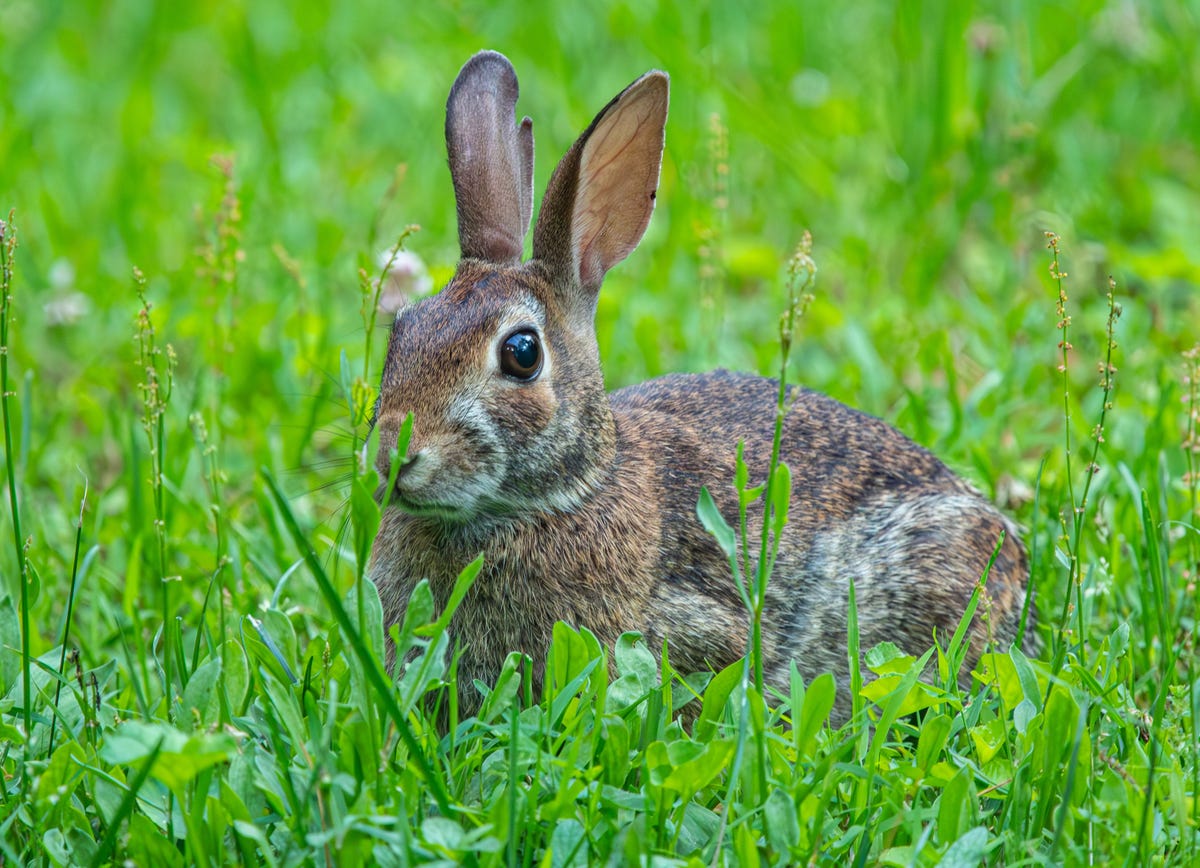Why does my cat present his/her butt to me?

The behavior of cats presenting their rear is commonly known as “butting” or “elevator butt“. While there might not be a comprehensive body of scientific research specifically focused on this behavior, several behavioral and environmental factors provide insights into why cats might exhibit this conduct.
Affectionate Greeting
Dr. Mikel Delgado, a certified cat behavior consultant, suggests that when a cat presents its rear to you, it could be a form of greeting or a display of affection. Cats may lift their tails as a way to greet you in a friendly manner, showcasing trust and comfort in your presence.
Scent Communication
Cats have scent glands located near their rear end. Dr. John Bradshaw, an expert in animal behavior, explains that when a cat presents its rear to you, it might be leaving its scent as a form of communication. The glands release pheromones, which is a way for cats to mark their territory and indicate familiarity and ownership.
Seeking Attention or Interaction
Dr. Sharon Crowell-Davis, a veterinary behaviorist, notes that when a cat presents its rear, it might be seeking attention or interaction. Cats might engage in this behavior to prompt play, interaction, or to gain attention from their owners.
Feeling Secure and Relaxed
Cats might present their rear as a sign of feeling secure and relaxed in their environment. Dr. Carlo Siracusa, a veterinarian specializing in animal behavior, suggests that this behavior indicates the cat feels comfortable and at ease in your presence.
Inviting Playfulness
Dr. Rachel Barrack, a veterinarian, explains that cats may lift their tails as an invitation for playfulness. This behavior can sometimes signal that the cat is in a playful mood and ready for interaction or engaging in playful activities.
While the behavior of a cat presenting its rear might seem perplexing, it’s often a display of trust, communication, greeting, and a desire for interaction. Understanding a cat’s behavior and responding with appropriate interaction or acknowledgment of their cues is key in fostering a positive relationship.
For cat owners, respecting a cat’s boundaries and responding appropriately to their cues, while ensuring a comfortable and stress-free environment, is crucial for maintaining a healthy relationship with their feline companions.
(References: Insights derived from experts in feline behavior and veterinary medicine, including Dr. Mikel Delgado, Dr. John Bradshaw, Dr. Sharon Crowell-Davis, Dr. Carlo Siracusa, and Dr. Rachel Barrack.)










